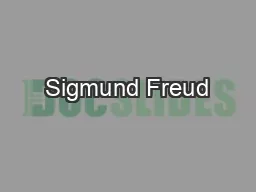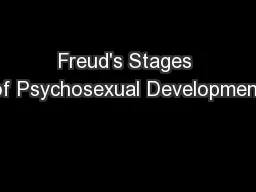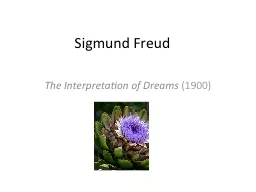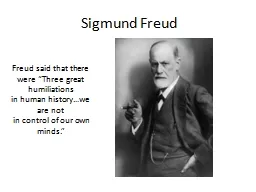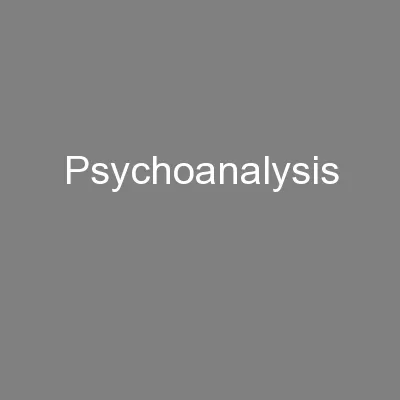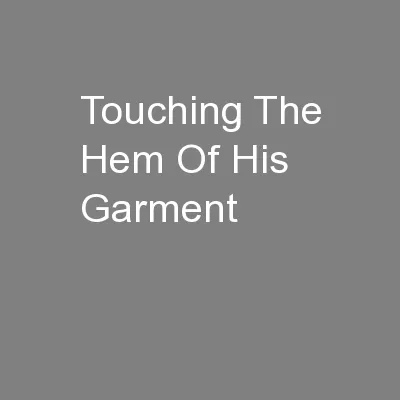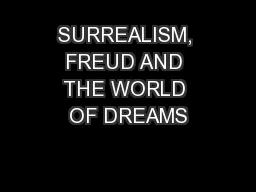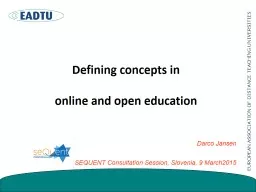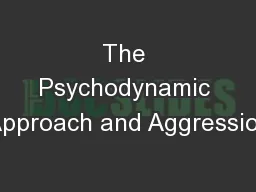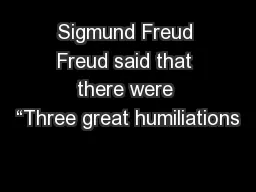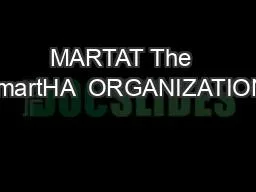PPT-Anna Freud By: April Jansen Background Daughter of Sigmund and Martha Freud
Author : pasty-toler | Published Date : 2019-11-02
Anna Freud By April Jansen Background Daughter of Sigmund and Martha Freud Youngest of 6 Mathilde Martin Oliver Ernst Sophie and Anna Born in Vienna in 1895 Year
Presentation Embed Code
Download Presentation
Download Presentation The PPT/PDF document "Anna Freud By: April Jansen Background D..." is the property of its rightful owner. Permission is granted to download and print the materials on this website for personal, non-commercial use only, and to display it on your personal computer provided you do not modify the materials and that you retain all copyright notices contained in the materials. By downloading content from our website, you accept the terms of this agreement.
Anna Freud By: April Jansen Background Daughter of Sigmund and Martha Freud: Transcript
Download Rules Of Document
"Anna Freud By: April Jansen Background Daughter of Sigmund and Martha Freud"The content belongs to its owner. You may download and print it for personal use, without modification, and keep all copyright notices. By downloading, you agree to these terms.
Related Documents



